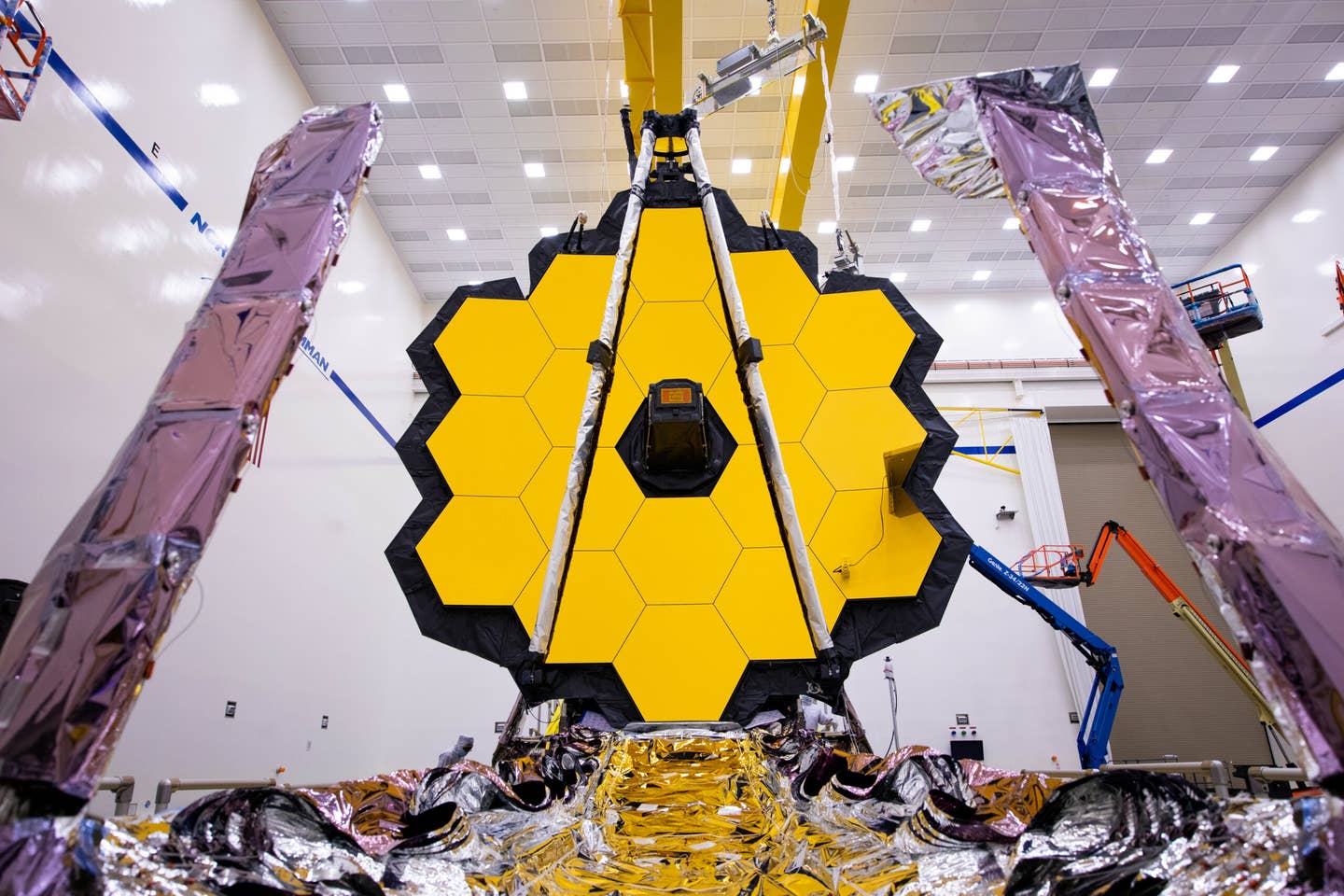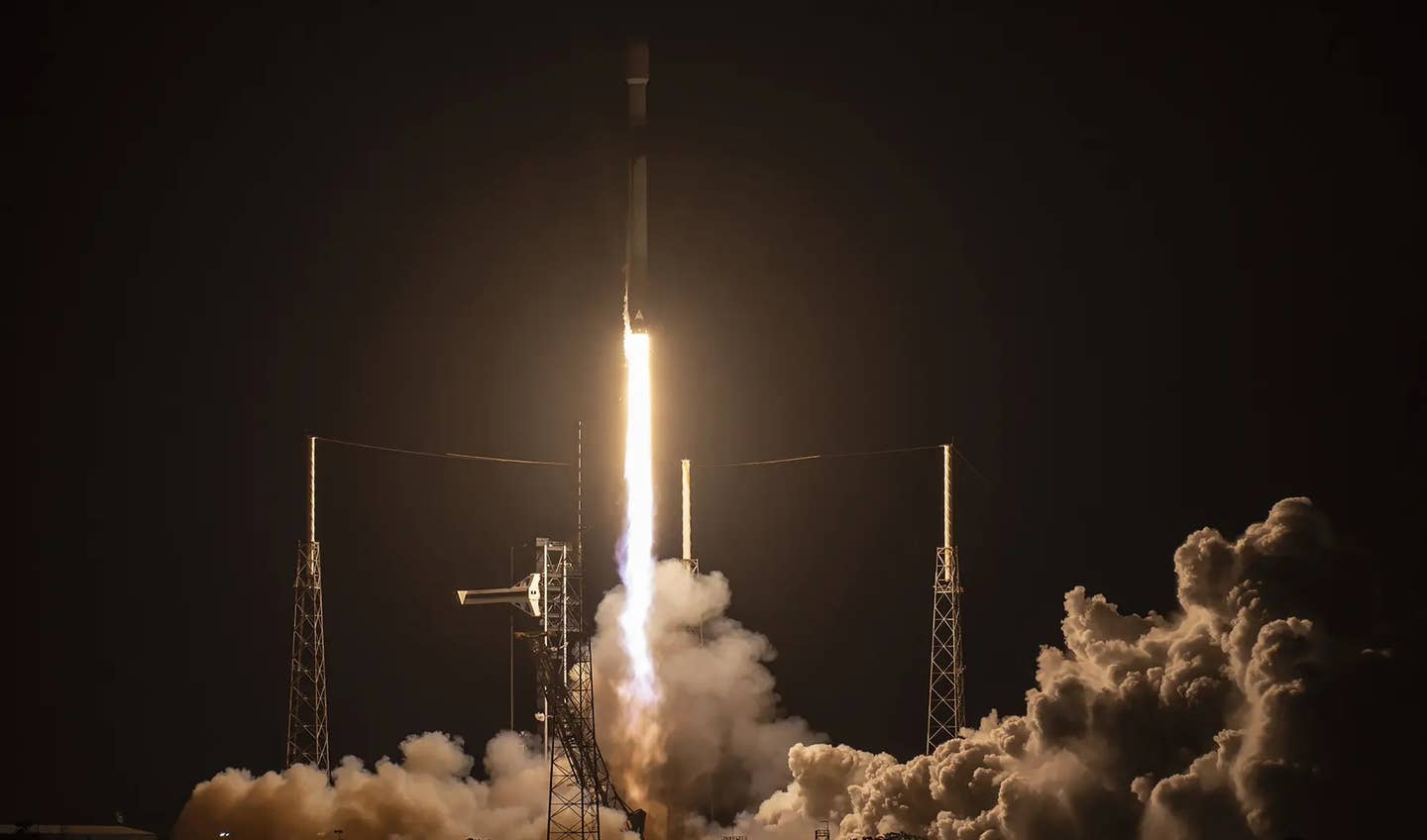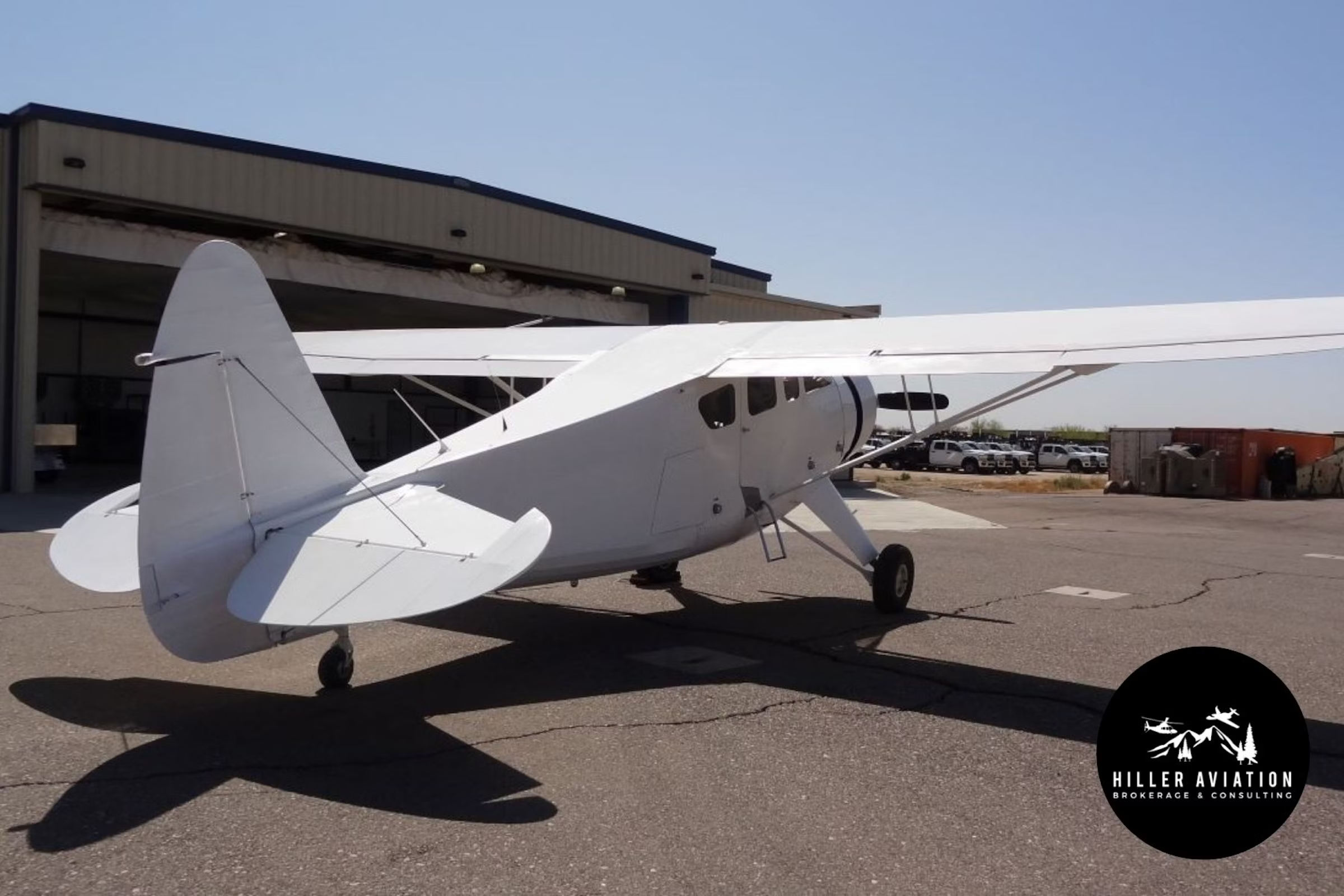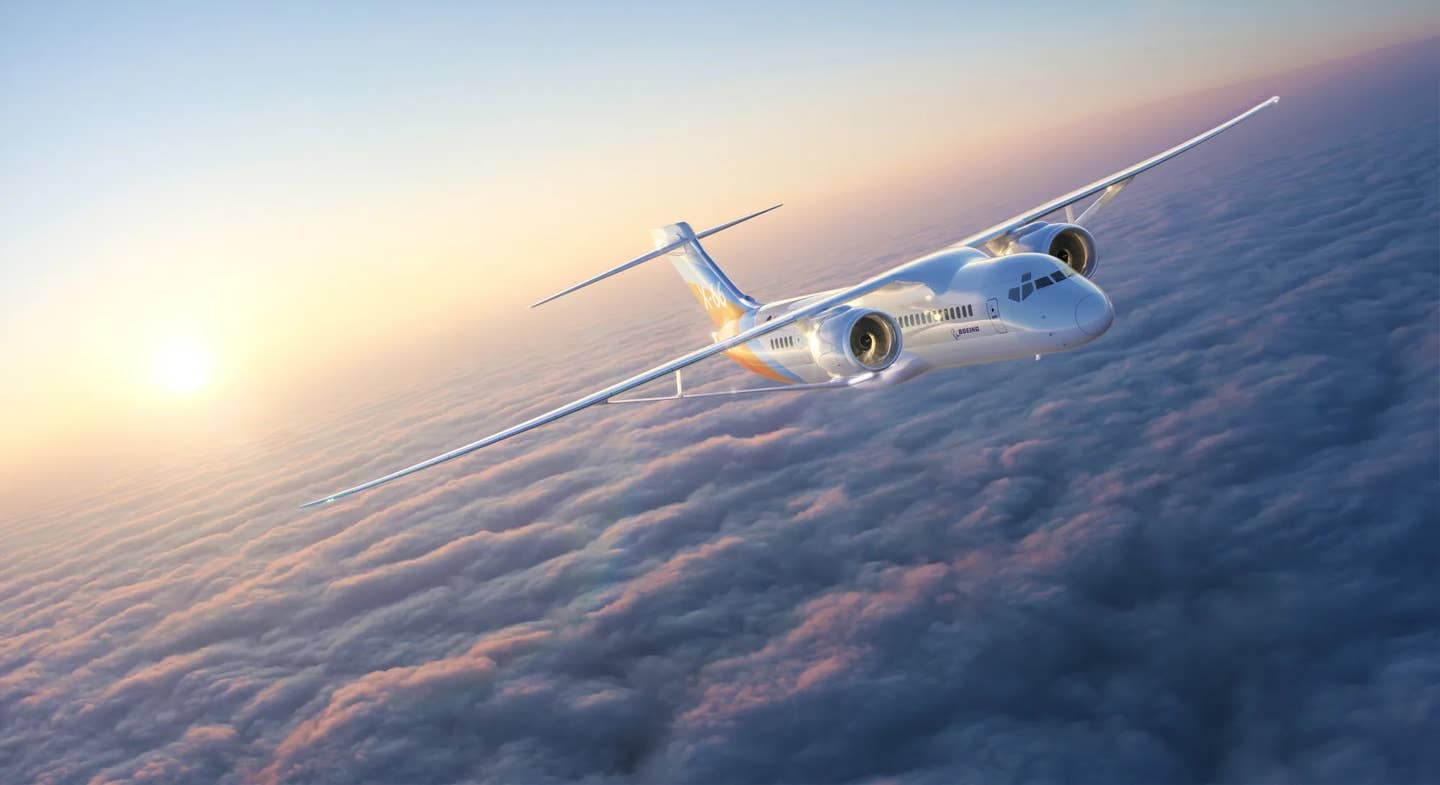World’s Most Powerful Telescope Hit by Micrometeoroid
The impact damaged a segment of the James Webb Space Telescope’s massive primary mirror.

The fully assembled James Webb Space Telescope with its sunshield and unitized pallet structures. [Courtesy: NASA]
Between May 23 and 25, NASA’s James Webb Space Telescope sustained minor damage from a micrometeoroid on its prolific primary mirrors.
According to NASA, micrometeoroid strikes are “an unavoidable aspect of operating any spacecraft,” and such possibilities came true when a segment of the golden primary mirrors was struck.
Fortunately, Webb is still fully operational and will only require minor adjustments to allow “partial corrections” when focusing on a target.
“We always knew that Webb would have to weather the space environment, which includes harsh ultraviolet light and charged particles from the Sun, cosmic rays from exotic sources in the galaxy, and occasional strikes by micrometeoroids within our solar system,” said Paul Geithner, technical deputy project manager at NASA’s Goddard Space Flight Center. “We designed and built Webb with performance margin—optical, thermal, electrical, mechanical—to ensure it can perform its ambitious science mission even after many years in space.”
Such an impact was considered early on in the telescope’s development—even though the micrometeoroid was larger than the telescope was tested for before launch.
“We know Webb will get struck by micrometeoroids during its lifetime, and we have taken that into account in its design and construction,” Geithner said in 2017. “We sized Webb’s main mirror so that even after years of little impacts it will still have the reflective surface area and quality necessary to do the science.”
For more threatening impacts, flight teams are able to physically turn Webb’s optics away to protect the more vulnerable parts of the telescope. According to NASA, a team of engineers has been formed to develop ways to mitigate future impacts, as the telescope has previously been struck four times.
“Since launch, we have had four smaller measurable micrometeoroid strikes that were consistent with expectations and this one more recently that is larger than our degradation predictions assumed,” said Lee Feinberg, Webb optical telescope element manager at NASA Goddard. “We will use this flight data to update our analysis of performance over time and also develop operational approaches to assure we maximize the imaging performance of Webb to the best extent possible for many years to come.”
Luckily, the recent impacts will not have an effect on Webb’s operations schedule, and the first full-color images are expected to go public on July 12.

Sign-up for newsletters & special offers!
Get the latest FLYING stories & special offers delivered directly to your inbox






